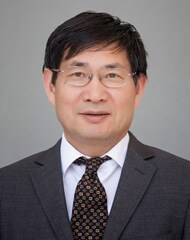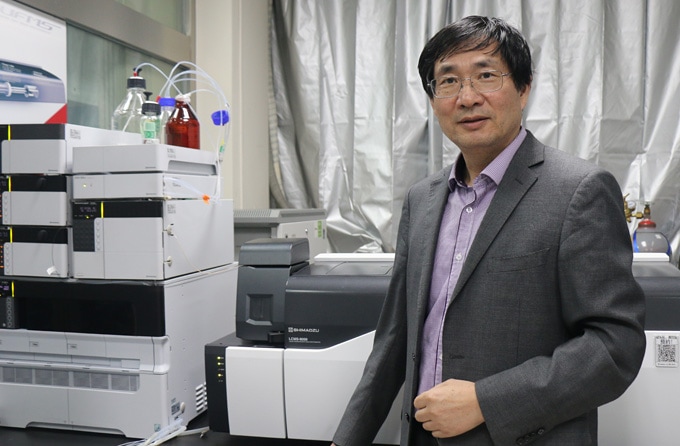Celebrating 50 Years of MS Innovation - User interviews August 2020
On the occasion of Shimadzu's 50th year of producing mass spectrometry instruments, we talk to researchers using Shimadzu MS instruments in their daily work and ask about their expectations for Shimadzu and the future of MS technology.

Prof. Xu Guowang
Dalian Institute of Chemical Physics (DICP), Chinese Academy of Sciences
Main field of study:
Cutting-edge analytical and separation methods for complicated samples, platforms for metabolomics analysis technologies, and research supporting fields such as disease studies, Chinese medicine, plant phenotyping, and food safety.
1. How did you become familiar with Shimadzu?
I first became aware of Shimadzu at the end of the 80s, at the Chinese Chromatography Symposium, and discussions with engineers deepened my knowledge of Shimadzu instruments. One instrument that left a particularly strong impression on me was the GC-17A, a relatively early Shimadzu GC. It had been introduced to analyze pollutants in environmental samples, flavour compounds in alcohol, and so on. This equipment allowed our research team to build a fruitful relationship with Shimadzu.
2. What is your main field of research, and how are you utilizing Shimadzu equipment?
We are carrying out research on analytical and separation methods, looking deeply into complex samples in fields such as life science, serious diseases, modernization of Chinese medicine, and public safety, to produce ground-breaking analysis methods for these complex samples. Our research also supports metabolomics analysis and translational medicine. In our lab, we have introduced various Shimadzu instruments such as the GCMS-QP2010, GCMS-QP2010 Plus, LCMS-IT-TOF, LCMS-8050, GCMS-TQ8050 NX, etc. Through metabolomics analysis with these instruments, we can discover disease-related biomarkers and characteristics of metabolite disorders.
3. What are your reasons for choosing Shimadzu equipment?
Thanks to the modular design of Shimadzu liquid chromatographs, it is easy to construct different multi-dimensional LCs. Since Shimadzu’s GCMS instruments provide superior safety and robustness, their cost-performance ratio is high and equipment failure very rare. In addition, Shimadzu’s afterservice staff are friendly and quick to respond. Our research team’s longstanding collaboration with Shimadzu has allowed us to obtain a series of important results.
4. What trends are you seeing in your field with regards to the use of mass spectrometry?
Mass spectrometry is becoming a key tool in metabolomics research. Currently, high performance, high scanning speed, and high data processing capabilities are in demand for MS technology. We are also seeing a shift towards clinical applications of MS. Lastly, I think trends for future instrument development are towards more compact designs, workflow automation from sample pretreatment to data processing, and incorporation of AI and big data technology.
5. What are your expectations for Shimadzu and for MS technology in general in the future?
Shimadzu has come to offer truly excellent GC, GC-MS and LC instruments. They had a somewhat late start in the area of high-performance MS, but have now caught up, and I expect them to drive further breakthroughs in the field. Shimadzu are also developing ample collaborations with universities and research institutes. I expect to see a larger number of Shimadzu instruments playing a greater role in university labs and clinical hospitals.



